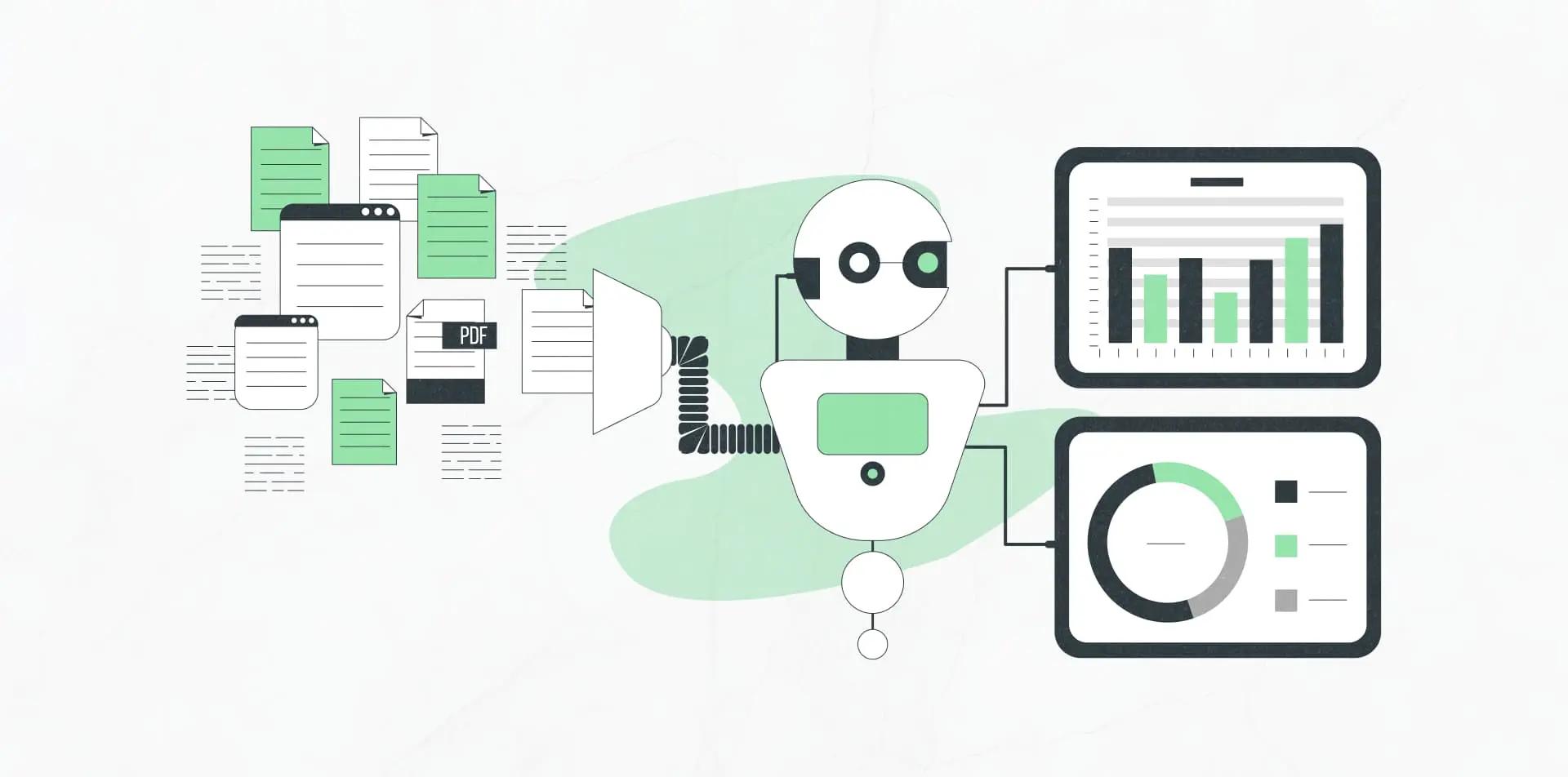How AI is revolutionizing user interface and user experience design
The crossing of artificial intelligence (AI) with user interface (UI) and user experience (UX) represents not merely a significant trend but a profound model shift in the digital realm. This fusion revolutionizes how websites are designed, turning them into more than just visually appealing platforms.
As we dive deeper into this era of digital transformation, it becomes evident that the collaboration of AI and human creativity is not just enhancing the aesthetics of web design. It’s also redefining user experience at its core. With the integration of AI tools and algorithms, websites are captivating, highly navigable, personalized, and inclusive.
AI and UI/UX Design
At first glance, AI and UI/UX design might seem like distinct entities operating in parallel universes. Yet they can be deeply intertwined, each enhancing the other in ways we could only have imagined a decade ago. By applying AI, UI/UX designers can glean meaningful insights, refine the design process, and ultimately deliver superior user experiences.
Here are several ways that UI/UX can take advantage of AI:
Adding UI elements & branding - AI tools offer a wide range of features that can help UX designers elevate their designs with UI elements and branding. For example, various platforms provide access to a vast library of icons, logos, typefaces, and color palettes that can be modified to reflect the brand.
Automating design workflows - A growing number of UX designers are using tools similar to Brainpool to streamline design workflows. These tools are programmed to do repetitive tasks, verify data inputs, and detect patterns in design elements. AI algorithms that work quickly and adapt allow designers to generate ideas faster, enabling them to create more efficient workflows. Additionally, AI-powered analytics gives instant feedback to pinpoint the design's areas of improvement.
Analyzing user data - Research AI helps UI/UX designers speed up data analysis, eliminating manual tasks. With automated data collection and evaluation, designers handle large quantities efficiently. Using sophisticated algorithms, AI predicts user behavior, observes page interactions, and derives insights from user data beyond human capability. This accelerates data processing, enabling designers to create informed user experiences by understanding user behaviors and interactions.
Color palettes - With the help of AI, designers can design an eye-catching, branded color palette effortlessly. AI-based tools empower the process by using refined algorithms, which provide customized options. Besides, designers can create a palette from an image or a mood board and alter the shades with the sliders.
3D Elements - Armed with AI tools, UI/UX designers are also exploring 3D elements, without requiring advanced modeling skills, where designers can experiment with shapes, textures, and lighting without denting their budgets.
Quick prototypes - Furthermore, with the help of AI, designers can generate realistic images from text descriptions. This is helpful for designers who need to create quick prototypes. This can help designers save time and focus on more strategic aspects of the design process, such as user research and testing.

However, with great power comes great responsibility. AI presents challenges that must be navigated carefully:
Lack of personalization - AI can be used to create personalized user experiences, but it can also lack personalization if the AI algorithms are not designed perfectly. This can result in a single-size-fits-all design strategy that may not address the varying needs of different users.
Bias detection - AI algorithms could be biased, and therefore their products might display discriminatory elements. It is important to create well-designed AI tools that are developed and used in a way that reflects the principles of responsibility and ethics.
Embracing the Future
So, is AI in UI/UX just a fleeting trend? Absolutely not. It's a transformative force that's reshaping the digital landscape, making it more accessible, intuitive, and delightful for everyone. As we continue to explore this brave new world, the collaboration of AI and human creativity will undoubtedly unlock new horizons in web design, offering us a glimpse into a future where digital experiences are not just seen or clicked, but felt and lived.
As we stand on the cusp of this exciting frontier, one thing is clear: the possibilities are as vast as the digital universe itself. And frankly, that's a pretty exhilarating space to be designing for. So, here's to the future of AI in UI/UX – may it be as bright, bold, and beautiful as the minds shaping it.